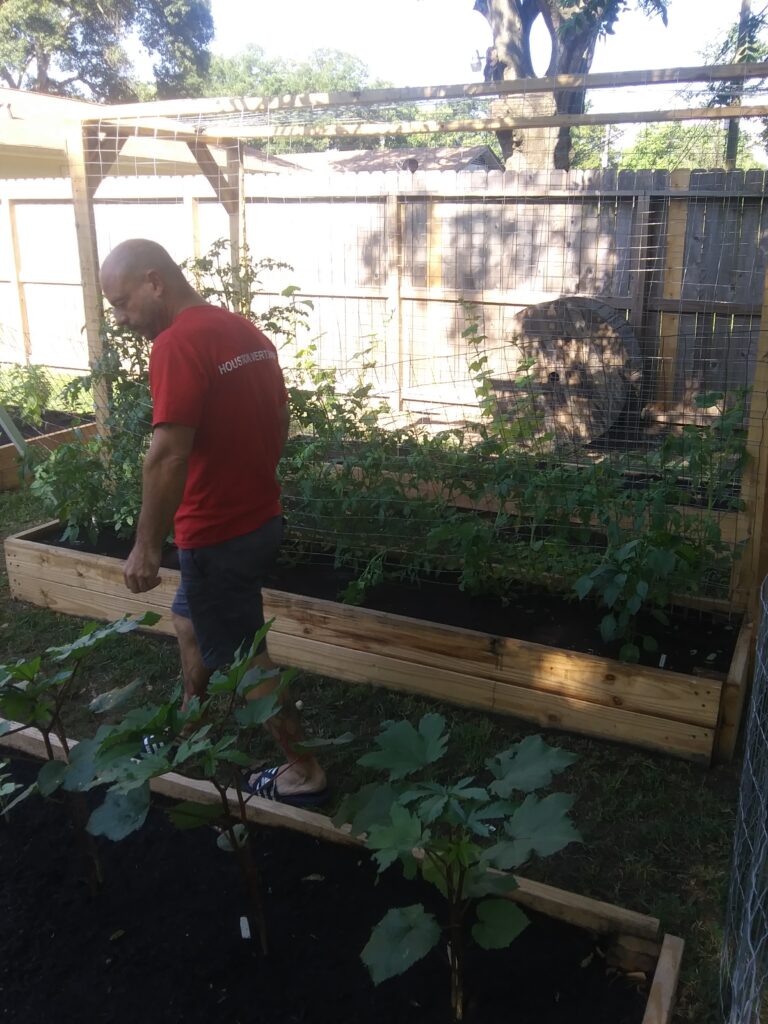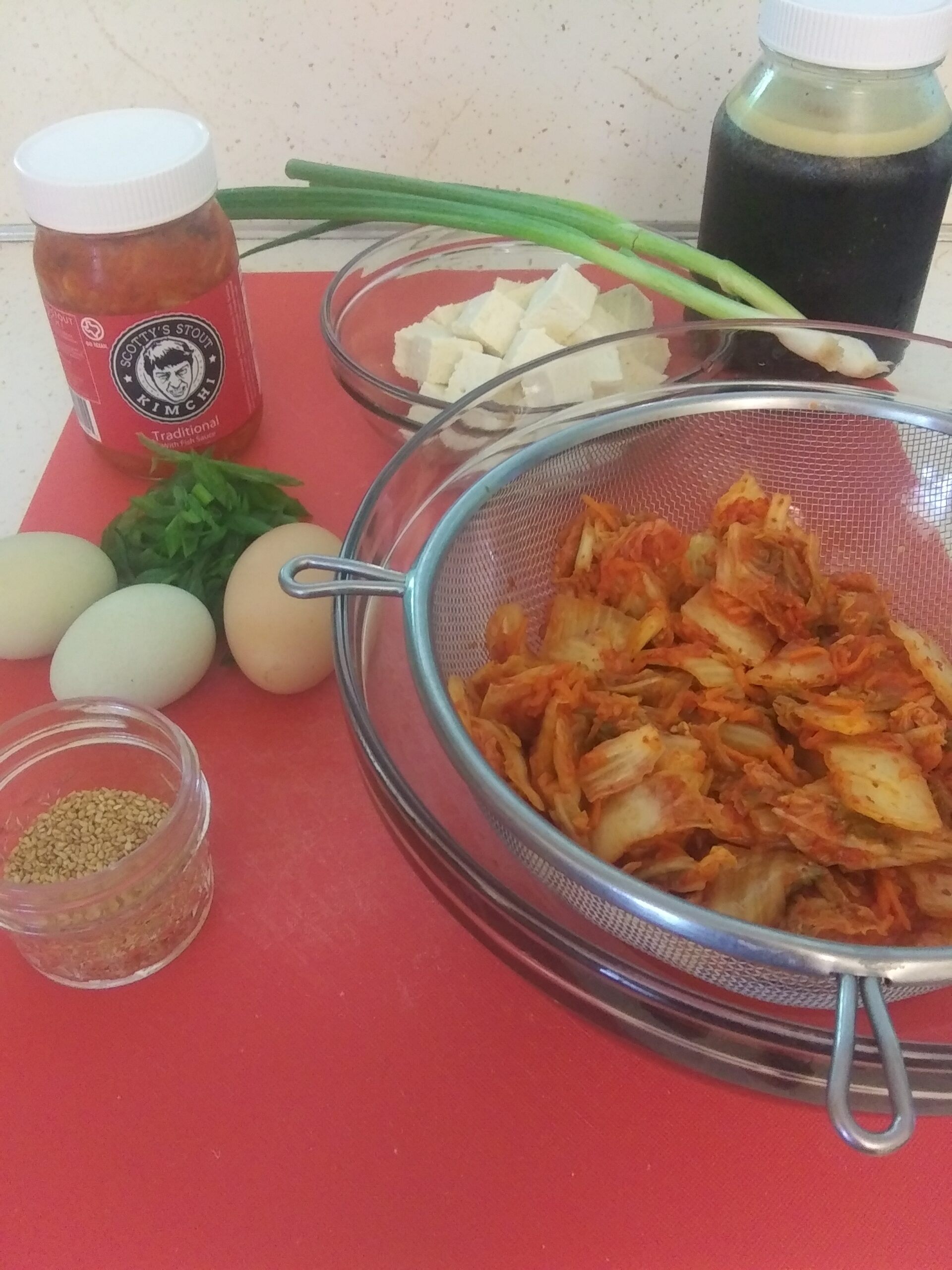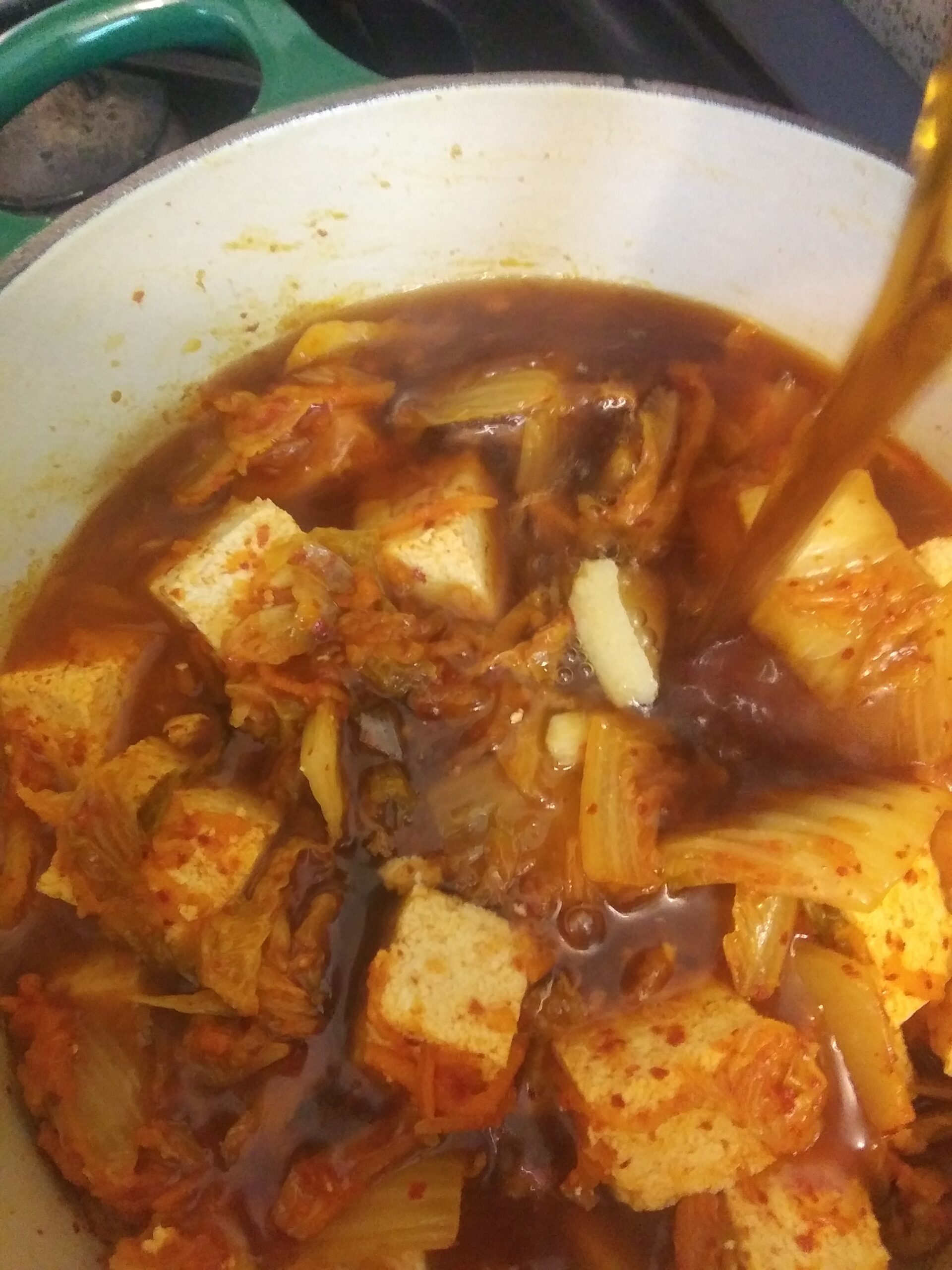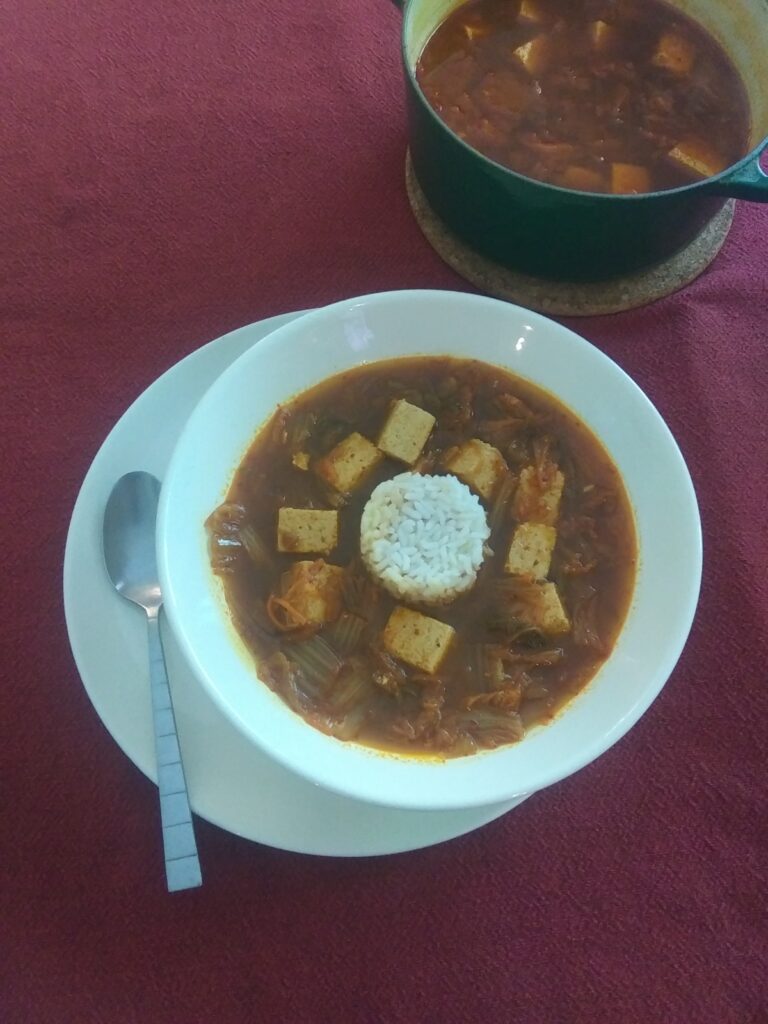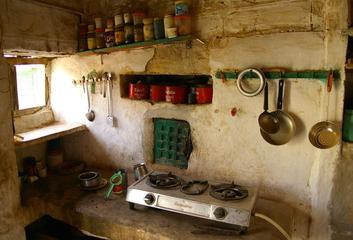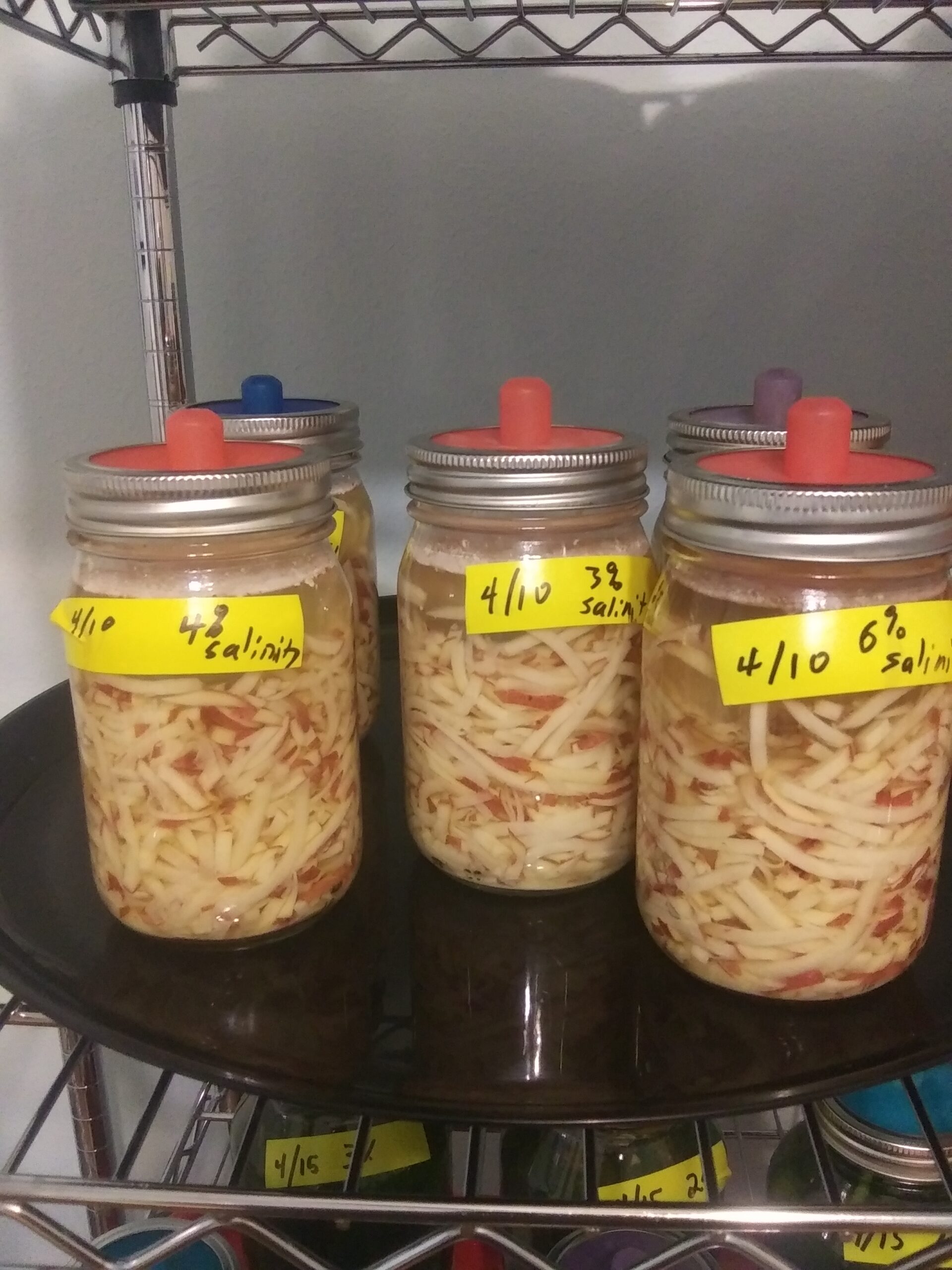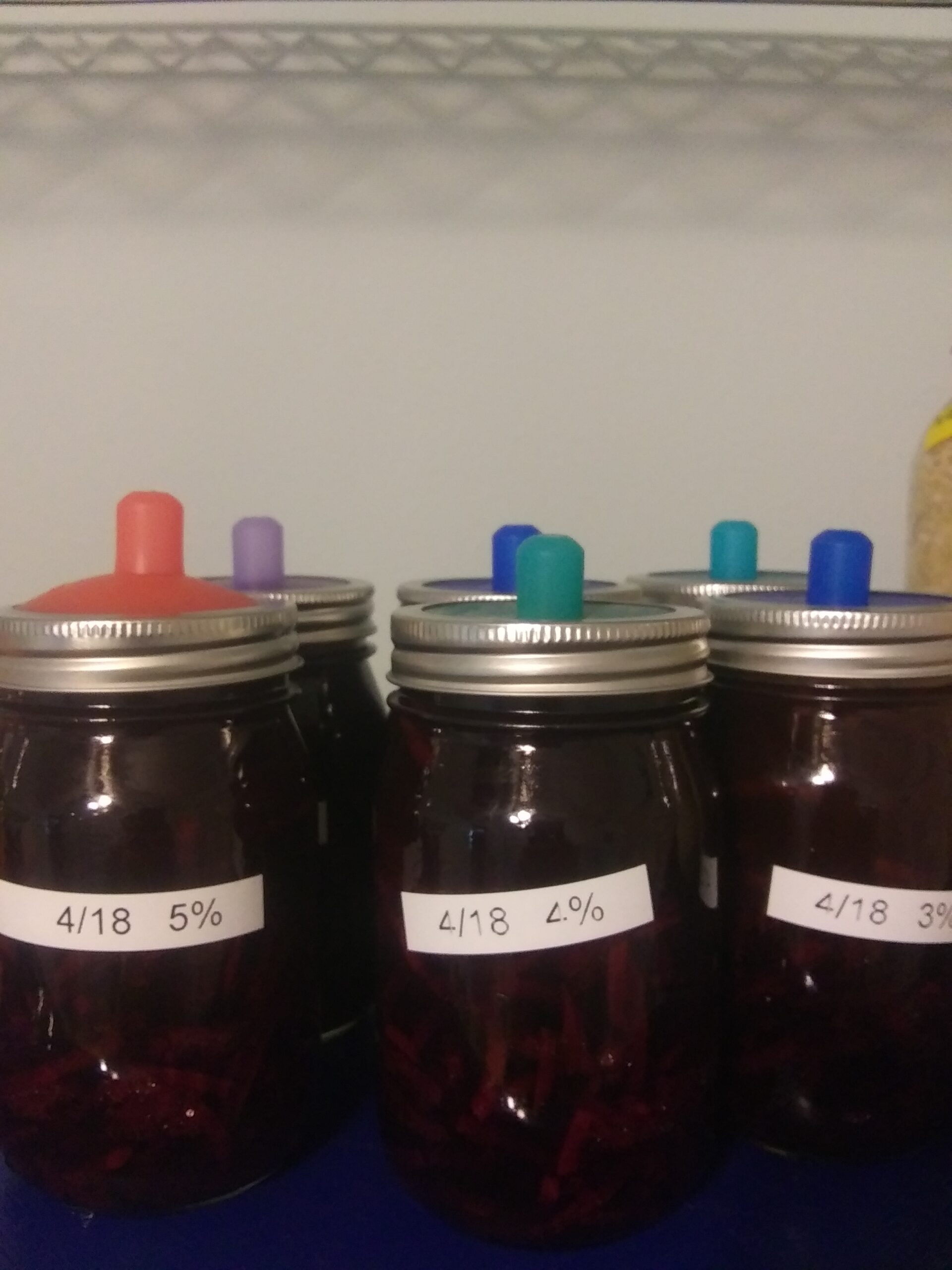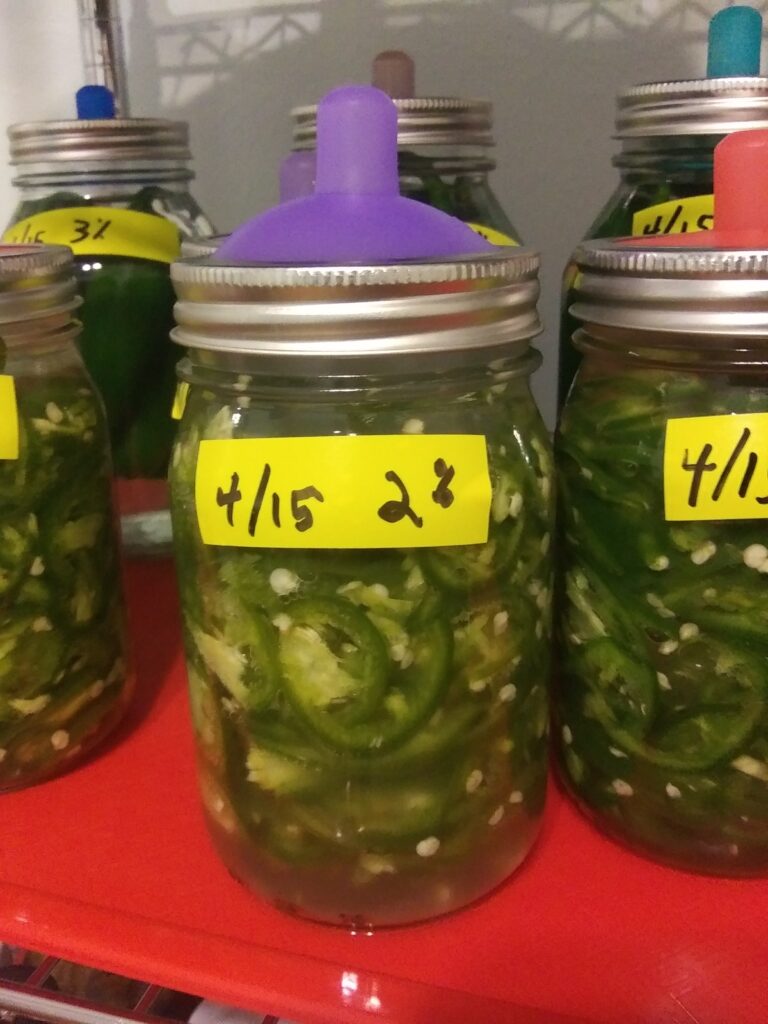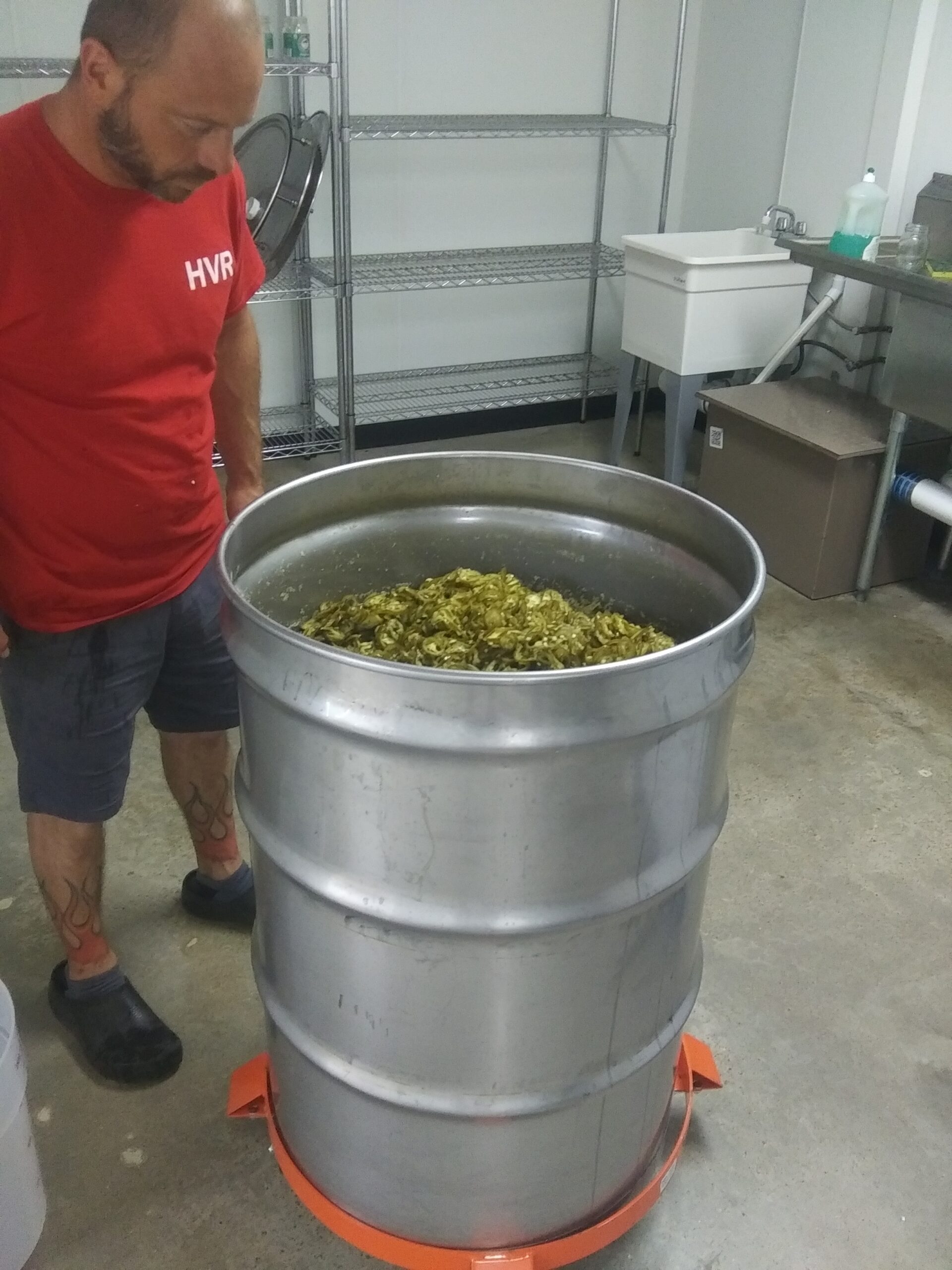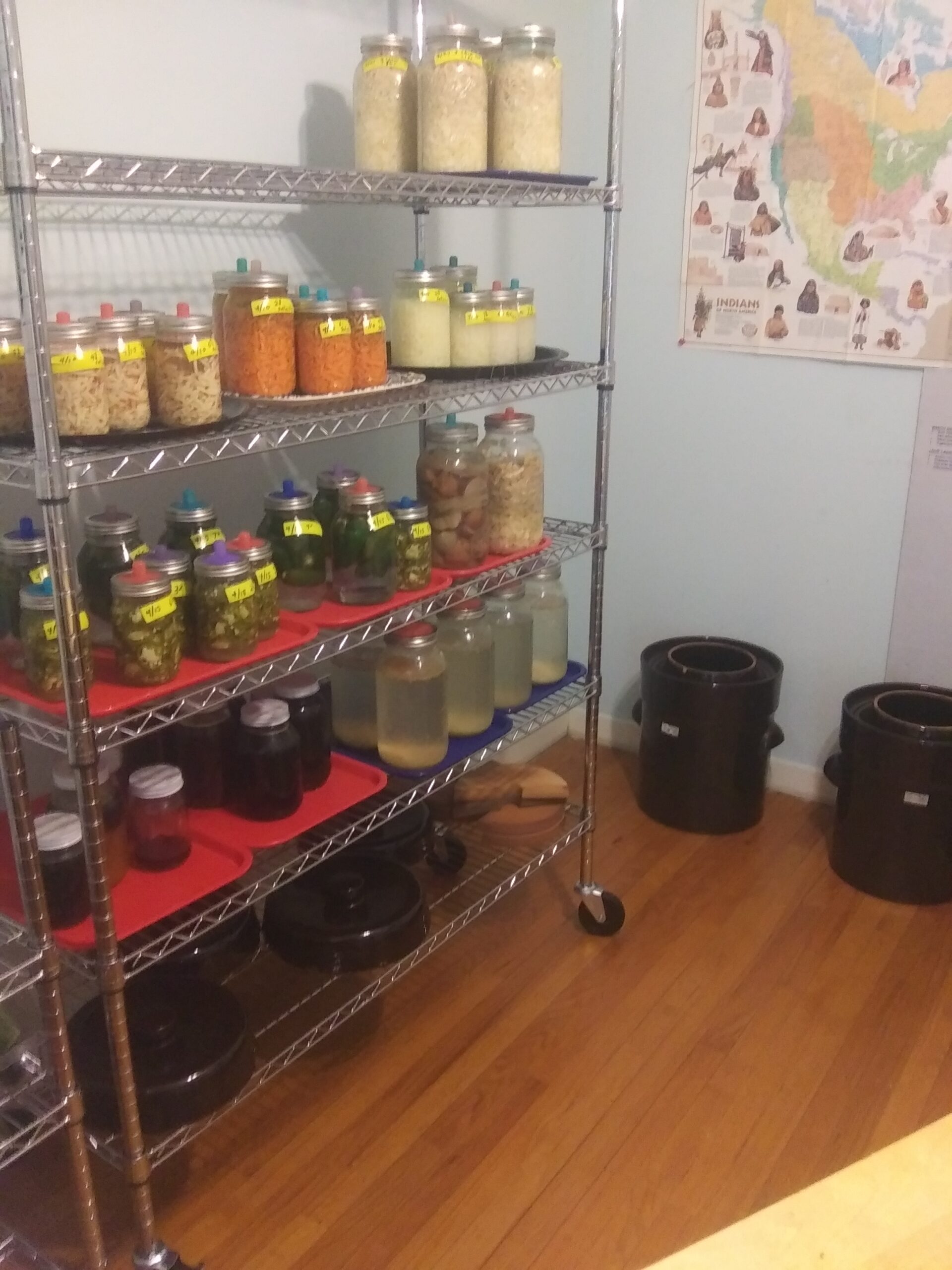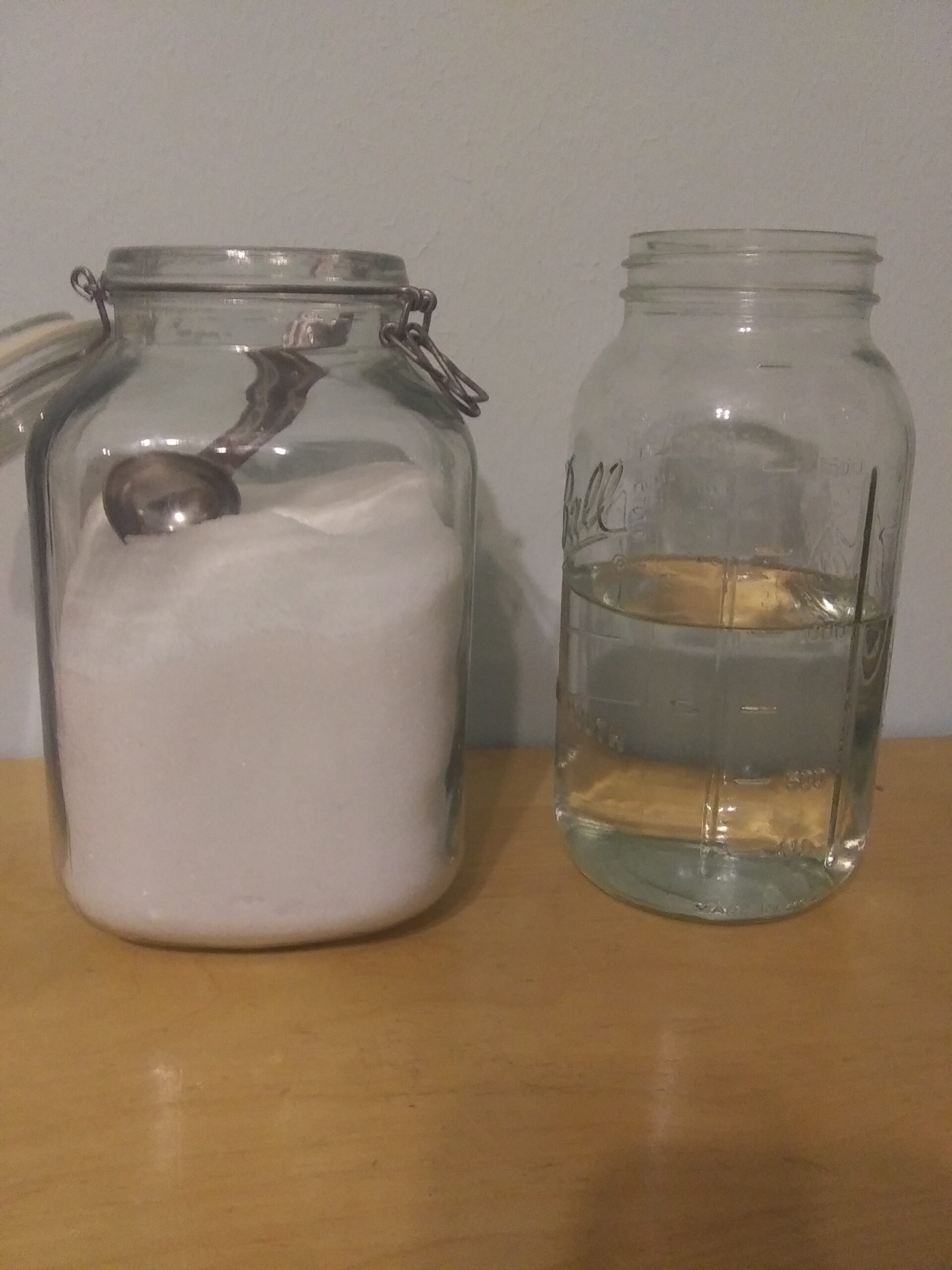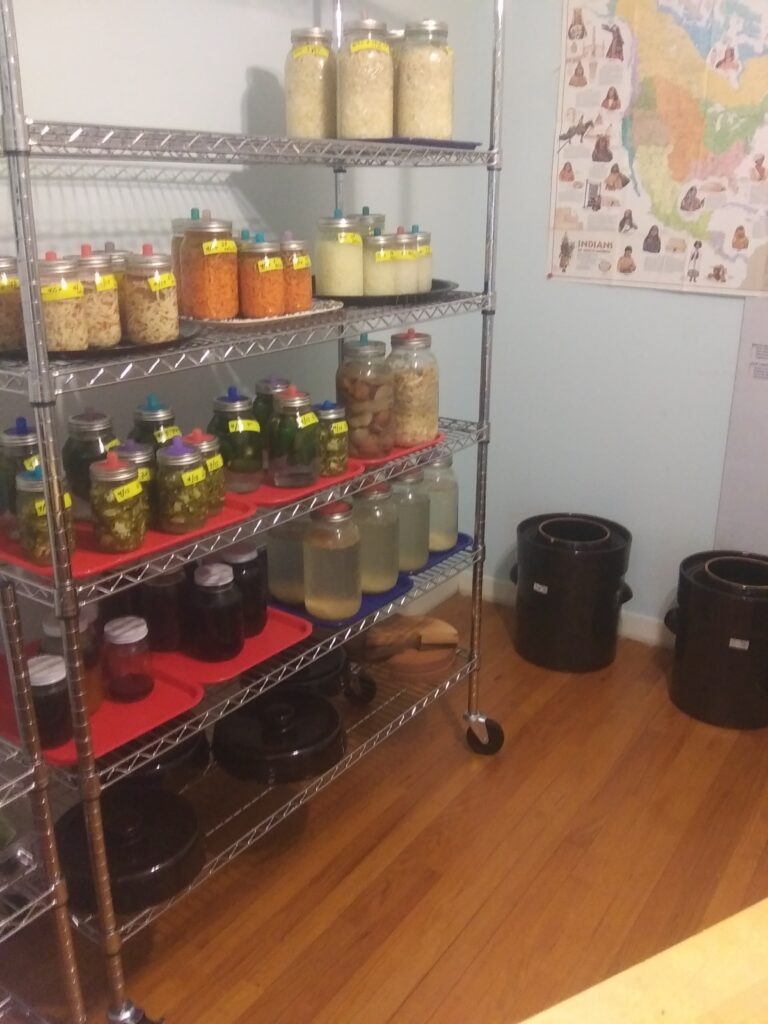Gardening and Fermentation
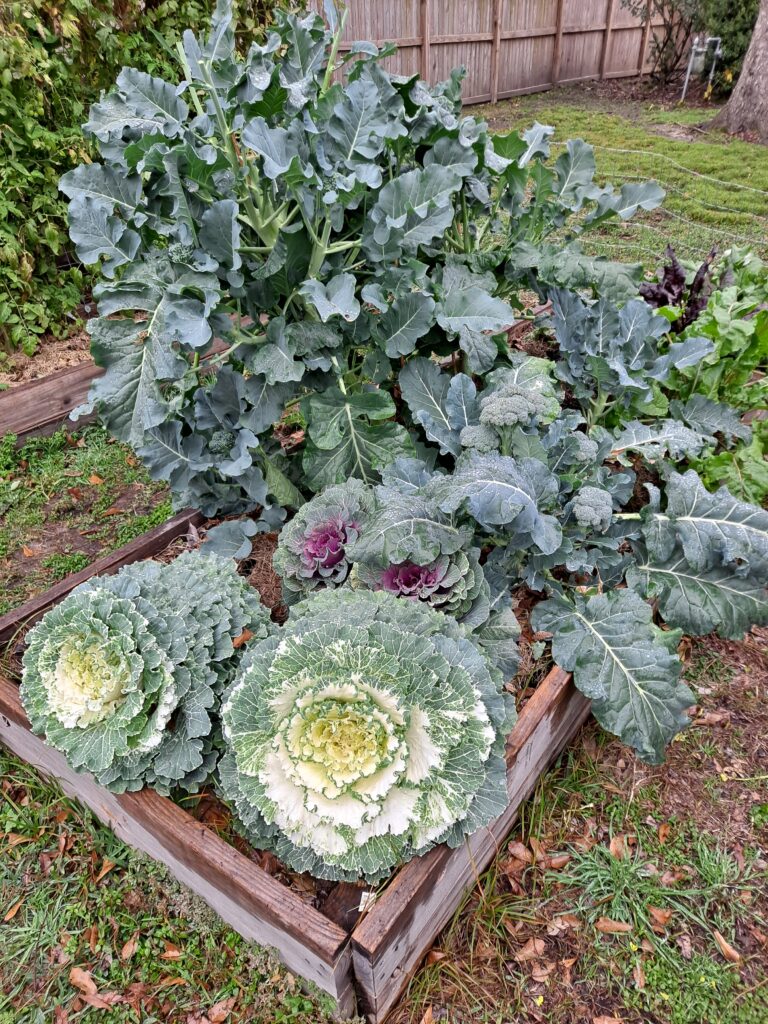
Gardening and Fermentation
When I first started gardening, I was already fermenting. Funny that I did not understand how these two things complimented each other. After my first harvest, I realized that there was no way I could eat all of my wonderful vegetables. I had given them so much love and attention and now I had too much of a good thing. Some of them would be spoiling in three weeks and some of them wouldn’t even make it that long. So I broke out my fermenting jars and some salt water and went to work.
I’ve met many gardeners who around harvest time are trying to push their fruits and vegetables on family and friends. Not that I ever minded their generosity but I felt bad if I didn’t get around to eating them before they spoiled. Occasionally I met a gardener who pickled or canned some of their food but it wasn’t common. Now that I’m a fermenting gardener I try to bring this precious knowledge to anyone rendering food from dirt.
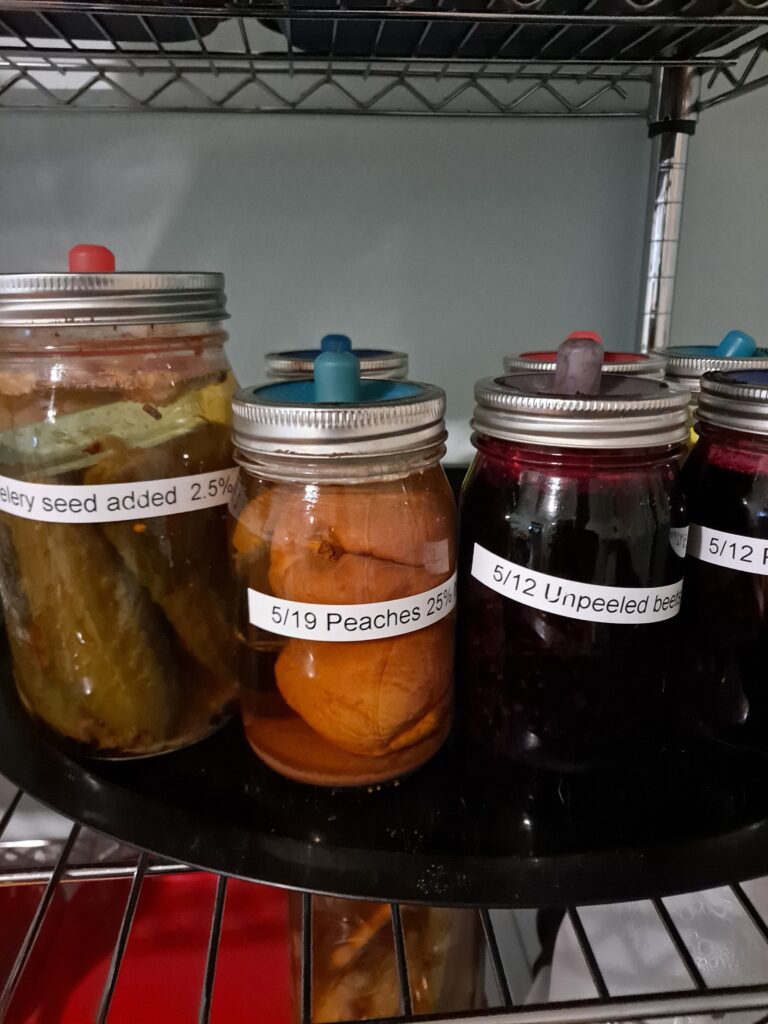
Fermenting your garden grown vegetables is easy and fun. It’s the healthiest of all the methods of preserving. It only requires a jar, some salt, and clean chlorine free water. Best of all for a procrastinator like myself, there is no rush. You can wait until your vegetables have started to look a little soft and wrinkled. Fermentation hardens vegetables as it preserves. It basically reinvigorates the texture and consistency of your fading vegetables. This crisp feature does begin to fade however when you do extra long, multiple month ferments. The crazy flavors you can achieve more than compensate for this.
I like to ferment some of my vegetables for a couple of weeks and then transfer them to the refrigerator. This stops the fermentation but leaves the bacteria living. The wonders of refrigeration give you the option of a light fermentation that can be eaten months later. I have forgotten about some of my ferments in the refrigerator for over a year and then discovered that they were in the same condition as when I put them in. Other vegetables I let ferment until I eat them. This can be weeks or months. I make sure to check on them every week or so to make sure that the water is still covering the top of the vegetables and remove any yeast that might have formed. I love the development of flavors from long fermenting periods. The vegetables are a little softer but some of the tones are truly extraordinary. This also save space in my refrigerator.
If you are a gardener consider becoming a fermentation enthusiast as well. If you know a gardener turn them on to this idea. But whatever you do, stay generous with the bounty of your garden. We all appreciate receiving delicious garden fresh fruits and vegetables and there is no better gesture than sharing food with family and friends.
